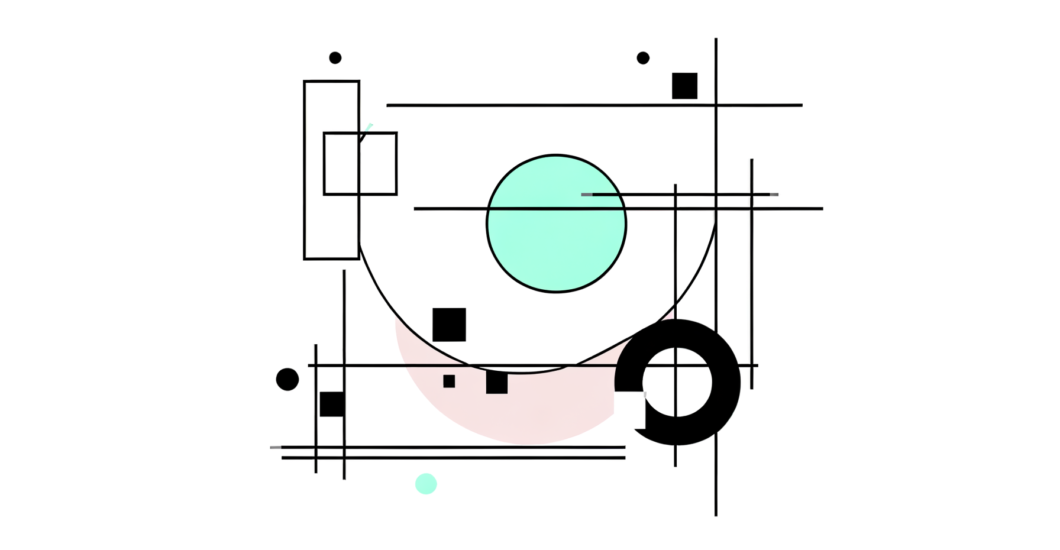Designing AI That Fails Safely: Why Controlled Autonomy Matters
Estimated reading time: 6 minutes
- Understanding the importance of designing AI systems that can fail safely.
- Key principles of controlled autonomy, including fail-safe designs and human oversight.
- Techniques for enhancing the reliability and safety of AI systems.
- Challenges in implementing controlled autonomy and evolving trends in AI safety.
- The necessity of making safe failure a standard in AI development.
Table of Contents
- Understanding Controlled Autonomy
- Key Concepts in Safe AI Design
- Why Controlled Autonomy Matters
- Techniques for Designing Fail-Safe and Controlled AI
- Challenges and Evolving Trends
- The Bottom Line
Understanding Controlled Autonomy
Controlled autonomy refers to the intentional design of AI systems that can operate independently but within established parameters that ensure any failures result in minimal harm. Given the increasing power and reach of AI, the mandate for controlled autonomy becomes clear: we must limit the potential damage in cases where things go awry.
Key Concepts in Safe AI Design
At the heart of controlled autonomy are several crucial design principles aimed at achieving fail-safe operations:
- Fail-Safe Design Principles: A fail-safe AI system should be engineered to perform with the least possible damage in case of a malfunction. For instance, automated shutdowns in industrial systems exemplify this principle. If an unexpected breakdown occurs, systems should revert to a safe mode or hand over control back to a human operator (source).
- Redundancy & Loose Coupling: Implementing redundancy—adding backup components or alternative pathways—ensures that a single point of failure does not lead to disaster. Loose coupling, on the other hand, minimizes the interconnections so that failures remain contained within limited parts of the system (source).
- Defense in Depth & Antifragility: These strategies enforce multiple layers of safety protocols. If one barrier fails, others remain intact, serving as fail-safes. Notably, antifragile systems can improve and adapt in response to failures rather than merely resisting them (source).
- Transparency and Principle of Least Privilege: A transparent AI system enhances diagnostic capabilities, making it easier to identify errors. By restricting AI systems to the minimum permissions necessary for their tasks, the risks associated with potential failures are limited (source).
Why Controlled Autonomy Matters
- 1. Limiting Harm During System Failures: In sectors where AI plays a critical role—think healthcare applications and autonomous vehicles—a malfunction could lead to serious repercussions. For instance, if a self-driving car experiences sensor failure, it must “fail safe” by halting its operations instead of engaging in unpredictable actions (source).
- 2. The Complexity and Brittleness of AI: While AI systems can seem robust in stable conditions, they are often brittle, susceptible to small disturbances that may escalate into serious failures. This brittleness underscores the need for failsafe mechanisms (source).
- 3. Human Oversight and Meaningful Human Control: The move toward total autonomy can be dangerous, particularly in contexts rich in ethical implications or safety concerns. Global standards demand “meaningful human control”—a vital regulatory and ethical concern that confirms a human can step in to correct or mitigate AI errors (source).
- 4. Accountability and Risk Mitigation: The ramifications of unleashing uncontrolled AI can lead organizations into reputational and legal jeopardy. Clear control mechanisms—such as human-in-the-loop processes and systematic monitoring—can significantly reduce these risks (source).
Techniques for Designing Fail-Safe and Controlled AI
Designing AI with controlled autonomy requires a multidisciplinary approach that includes fail-safe principles, oversight tools, and redundancy strategies. In practice, here are techniques that can be employed to ensure safe AI design:
- Fail-safe Mechanisms: Systems should default to safe states upon error. For example, automated emergency braking in autonomous vehicles ensures safety during sensor errors.
- Redundancy: By integrating multiple backup components, organizations can mitigate the effects of primary system failures. A pertinent example includes employing several sensors in an autonomous drone.
- Loose Coupling: This design approach helps to limit failure propagation between different subsystems, making systems more resilient. An application can be seen in smart factories where control modules operate independently.
- Human-in-the-Loop: Allowing for human intervention at critical decision-making points, e.g., enabling manual overrides in medical diagnostic AI.
- Continuous Monitoring: An ongoing oversight mechanism that includes immediate error detection can drastically enhance operational safety.
- Ethical Guardrails: Establishing boundaries and rules for AI functions ensures they remain aligned with ethics and compliance, such as hiring tools subjected to bias checks.
Challenges and Evolving Trends
As fascinating as controlled autonomy might sound, the journey toward successful implementation is rife with challenges:
- Complexity and Cost: Developing systems that adhere to these principles is technically challenging and resource-intensive (source).
- Unpredictable Interactions: As AI systems interconnect further—the rise of IoT and smart cities creates new layers of complexity. Designing for safe failure becomes increasingly intricate across networks rather than isolated devices (source).
- Vulnerability to Adversarial Attacks: AI’s brittleness might create quick opportunities for adversaries to manipulate systems. Failsafe designs need to also account for vulnerabilities and threats (source).
The Bottom Line
Ultimately, the reality is this: AI will fail; the pressing question is how. Designing for safe failure—incorporating robust controls, oversight, and fallback mechanisms—ensures that AI’s formidable power is harnessed responsibly and without unacceptable risk. Controlled autonomy is not merely an option, but a fundamental requirement—not just to avert accidents but also to uphold human values, legal compliance, and public trust in AI systems.
The future of AI, particularly as it becomes more integrated into our daily lives, hinges on implementing multi-layered design strategies that prioritize safety, control, and transparency. Making “safe failure” a standard operating procedure will solidify AI’s beneficial potential without jeopardizing safety.
As we navigate this exciting landscape, we encourage organizations to prioritize safe AI practices. If you want to explore how VALIDIUM can help you design AI that fails safely in your organization, connect with us on LinkedIn for more information on our services.



